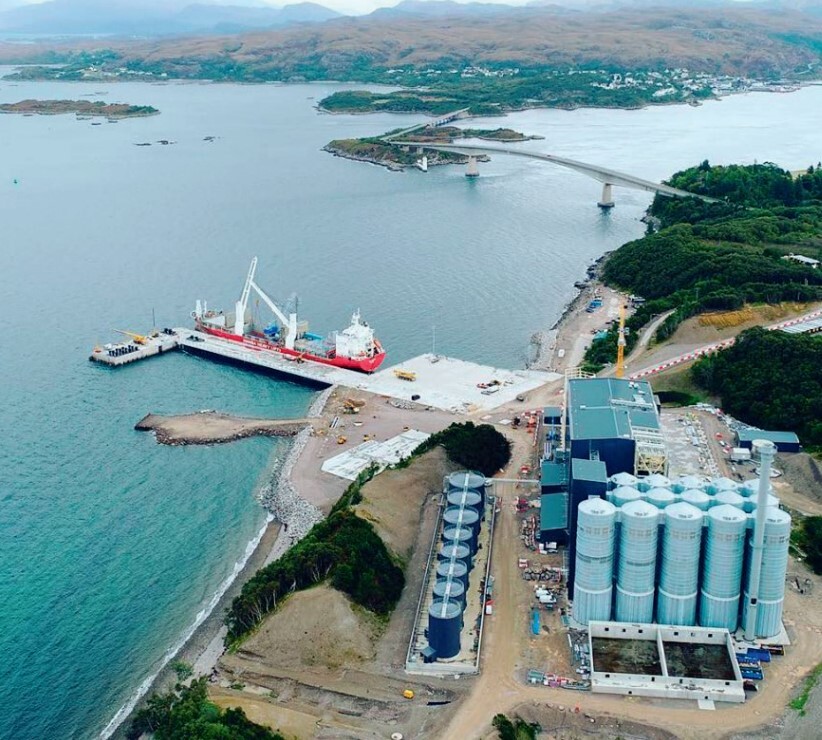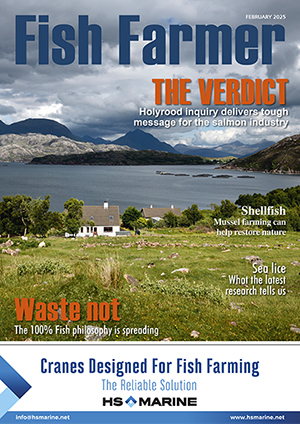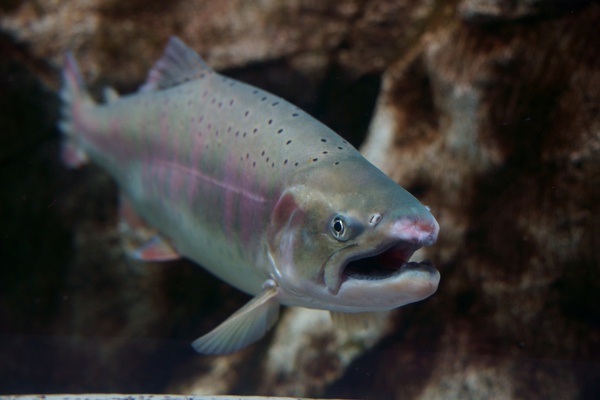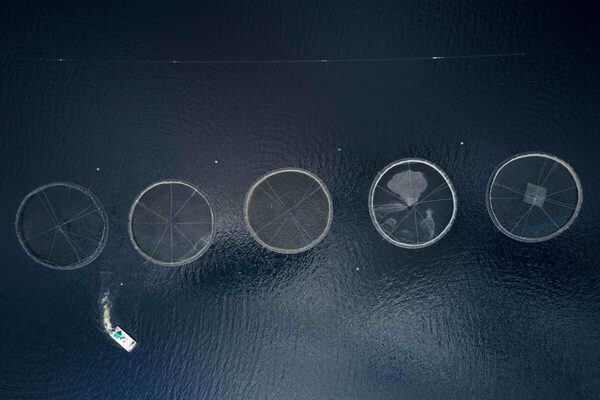Feed: 2024 in review
As climate fluctuations impacted the supply of fishmeal in 2024, more investment was ploughed into alternative aquafeed sources.
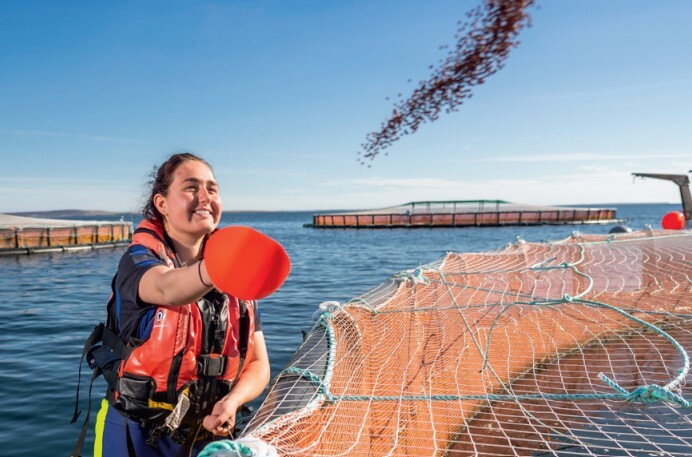
In January, we asked a range of experts for their predictions for 2024. How would the year pan out for aquafeed, given that it represents the fish farmer’s biggest single cost?
Dr Enrico Bachis, Market Research Director at the marine ingredients organisation IFFO, was not optimistic.
He told us: “Based on historical patterns, we have observed that feed trends reflect political, market and environmental turbulence. During 2022 to 2023, geopolitical issues, energy price increases and limited raw materials led to an increase in feed prices of 30%. This suggests that the prices of key commodities are likely to further increase in 2024.”
In February, we reported that aquafeed giant Skretting and the Finnish insect ingredient producer Volare had agreed a commercial collaboration to produce ingredients for Skretting’s Norwegian salmon feed. Skretting secured a substantial capacity in Volare’s factory in Finland.
Skretting said: “Skretting says it aims to further enhance the sustainability and nutritional value of its aquafeed products, contributing to a more resilient seafood industry.
“Given that around 75% of the salmon farming carbon footprint arises from feed, and 95% of the feed footprint originates from raw materials, partnerships are essential for industry-wide change.
“Skretting is committed to ambitious targets on increasing the share of novel sustainable ingredients in its feeds, and the collaboration with Volare contributes to fulfil the Norwegian government’s newly set sustainability goals for the feed sector.”
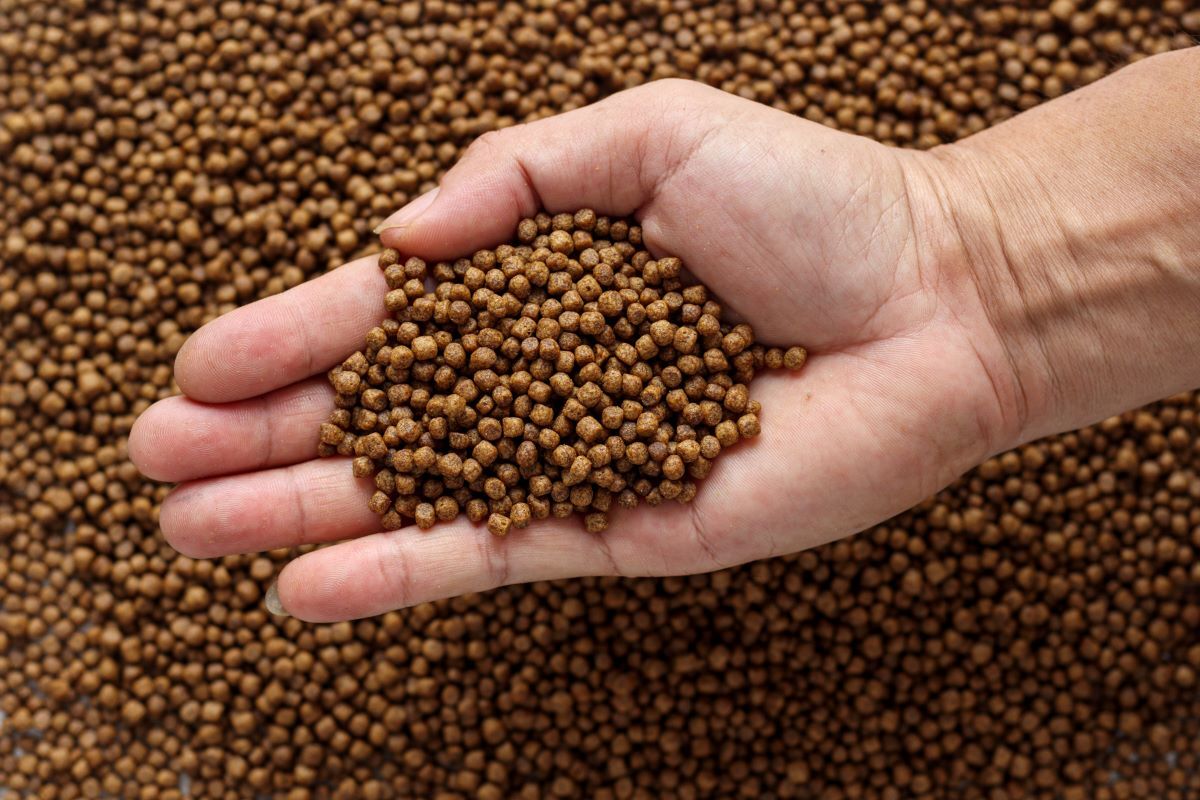
Meanwhile in Portugal, plans were announced for a new state of the art industrial unit in Coruche, to produce fish feed sustainably from a range of animal by-products.
The new facility is being developed by Sebol, a subsidiary of the Portuguese ETSA Group, which produces a variety of products for the food, pharmaceutical, pet food, biofuel and other industries.
And in China Calysta’s FeedKind protein, which is created using waste gases from industry, received formal approval for use in aquaculture feeds.
The new feed is being manufactured in China by Calysseo, a joint venture between Calysta and feed giant Adisseo.
The country’s Ministry of Agriculture and Rural Affairs (MARA) formally gave Calysta’s single cell protein full approval for use in fish and shrimp feeds.
Calysseo’s first production plant is in Chongqing. The protein is produced by harnessing the power of a naturally occurring microbe that converts methane into a nutritious feed ingredient, FeedKind.
Alternative feed sources were also in the news in March, when we reported that an Edinburgh-based start-up, Aquanzo, has been developing a modular, land-based solution for aquafeed. Working with CENSIS – Scotland’s innovation centre for sensing, imaging and Internet of Things technology – Aquanzo is farming Artemia, a species of brine shrimp widely regarded as one of the best sources of protein for finfish and crustaceans.
The Artemia are being fed on by-products from the whisky industry and the project has received support from Boortmalt, one of the world’s largest malting companies, as well as Innovate UK and the Biotechnology and Biological Sciences Research Council.
In April, krill harvesting company Aker BioMarine won the 2024 Innovation Norway and Eksfin award. Later, in July, the company announced that it would be spinning off its feed business in order to concentrate on human health ingredients, consumer health ingredients and emerging businesses.
The feed business was acquired by US buyout fund American Industrial Partners, and in November it was relaunched with a new name: Aker QRILL, aligning its brand with its key aquafeed and animal feed product.
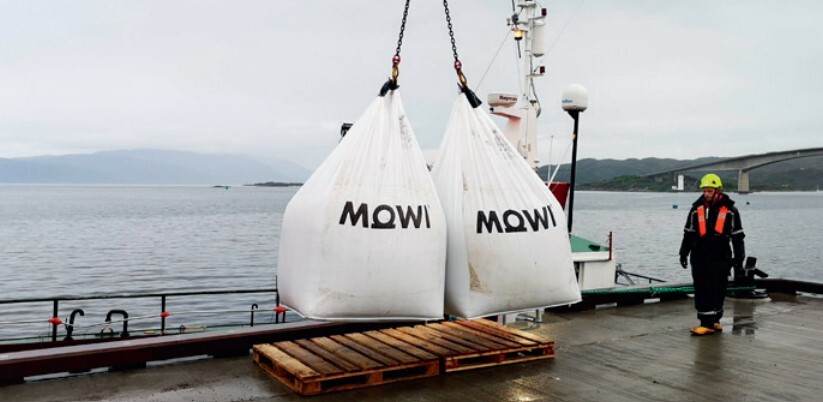
In May we reported that independent salmon farmer Loch Duart produced results of an analysis into the impact of its switch to BioMar’s Blue Impact feed a year previously. Loch Duart concluded that the new feed had achieved a smaller carbon footprint and left the salmon with fewer contaminants, as well as reducing dependence on forage fish. The salmon maintained their high levels of omega-3 on the new feed.
In July there was some good news for fish farmers, with more than 98% of the quota fulfilled for the anchovy catch in Peru’s north-central fishing region. The Peru anchovy fishery had been badly hit in 2023 by the cyclical climate phenomenon known as El Niño.
In September, IFFO reported that world fishmeal production was up by an estimated 40% in the first half of 2024. Fish oil production had increased by 10%.
By November we had IFFO’s latest estimate for fishmeal production, showing a 23% year-on-year increase for global fishmeal production for the first nine months of this year.
The organisation said the significant year-on-year increase of the Peruvian cumulative supply was the main factor behind such positive trend, since the rest of the regions analysed in its report reported a decline compared to January-September 2023.
